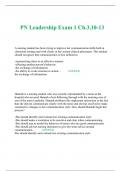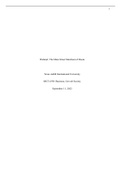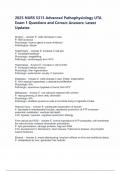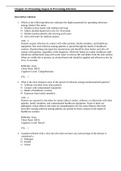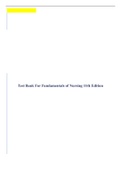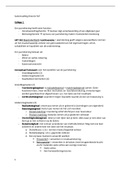Keynesian economics has remained one of the most widely applied and popular economic
schools. This coursework provides a short overview (description and definition) of the Keynesian
economics framework with focus on the most important milestones that build the model: supply
and demand, the role of government intervention in determining aggregate demand, as well as, all
relevant Keynesian thoughts about unemployment, savings and investment. The analysis in the
coursework is based on numerous academic articles in the field and includes publications from
authors, such as Keynes, Stiglitz, etc. It is important to mention that the coursework goes beyond
purely descriptive approach; instead, the Keynesian view on macroeconomics is critically
analysed and compared to other equally important and relevant economic concepts.
Table of Contents
1 Introduction...................................................................................................................................1
2 Supply and demand........................................................................................................................2
3 The persistence of unemployment.................................................................................................3
4 Savings and investments................................................................................................................3
5 Implications...................................................................................................................................4
6 Conclusions...................................................................................................................................5
Bibliography.....................................................................................................................................6
1 Introduction
Keynesian Economy is often called “Keynesian Revolution” because of the profound changes
which Keynes introduced in understanding the economic theory. In his work, Keynes shifted the
focus of economic theory from individual to a systematic level by arguing that individual
rationality per se does not produce optimal outcomes, such as full employment at a systematic
1
, level. By acknowledging uncertainty as the fundamental feature of an economic system, Keynes
outlined three main insights in explaining employment and business cycle fluctuations which
constitute the core of his General Theory of Employment, Interest and Money published in 1936:
1) Supply and demand; 2) The persistence and fluctuations in unemployment and 3) Savings and
investments (Greenwald and Stiglitz, 1987).
2 Supply and demand
The disaster of the Great Depression motivated Keynes to explore the reasons for the significant
output drop. A major neoclassical synthesis suggests that production changes are driven by
changes in supply which result in new demand or also knows as “supply creates its own demand”
(see Say’s law) (Greenwald and Stiglitz, 1987; Blinder, N/A). Nevertheless, no major supply
changes occurred during the Great Depression and Keynes acknowledged that the economic
slump of the 1930 was caused by a drop in demand.
In his General Theory of Employment, Interest and Money Keynes argued that changes in
aggregate demand had the greatest impact on real output and employment in the short-run, not on
prices. Aggregate demand can be influenced by public and private sources. The public sources
affecting demand are monetary and fiscal policies. Keynes emphasised on the importance of
fiscal policy (spending and taxes) for smoothening aggregate demand and business cycles. He
suggested that expansionary fiscal policy was to be used in times of subdued demand and vice
versa- tighter fiscal policy was recommended in the episodes of booming economy (Keynes,
1936).
2


